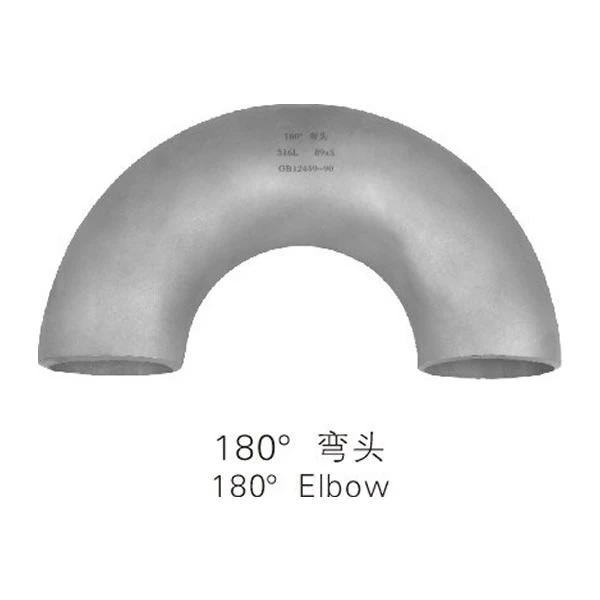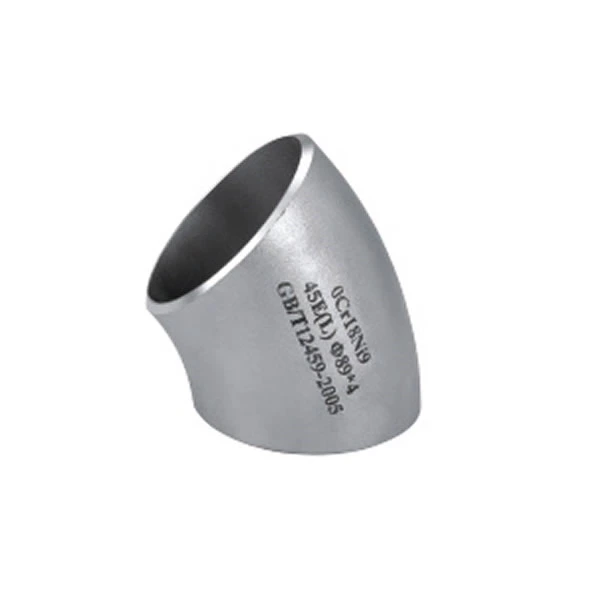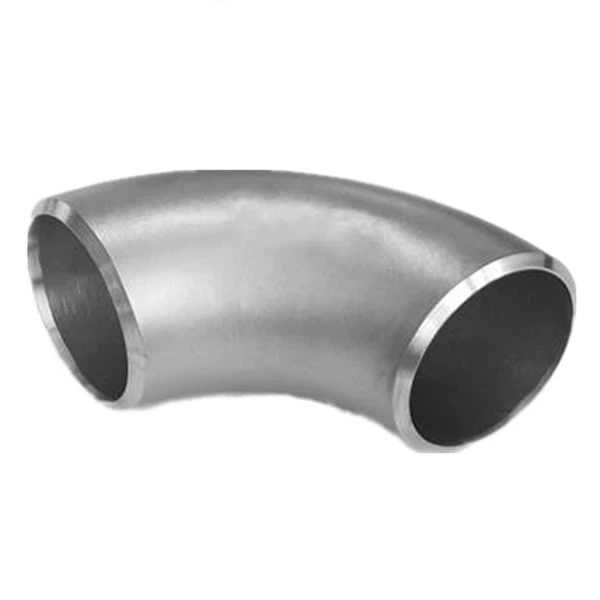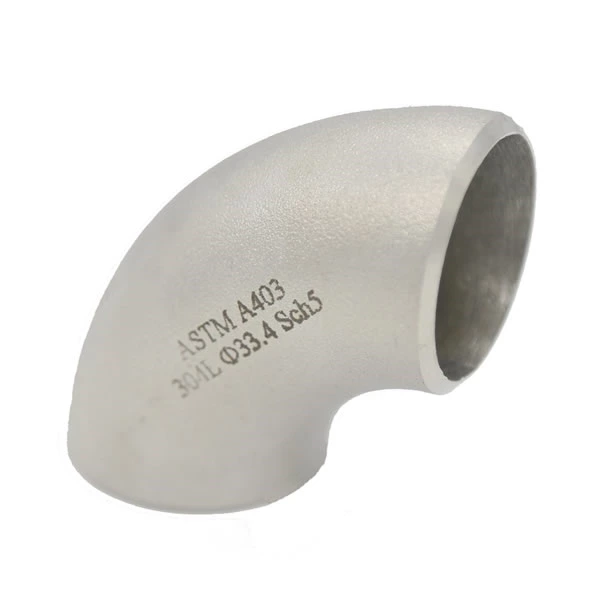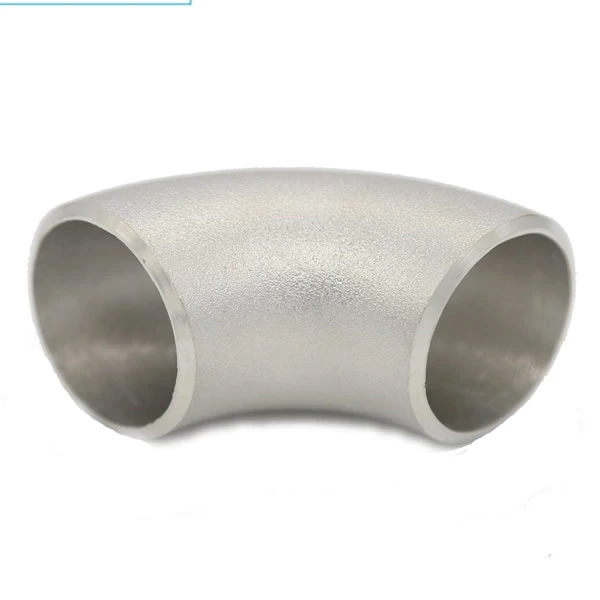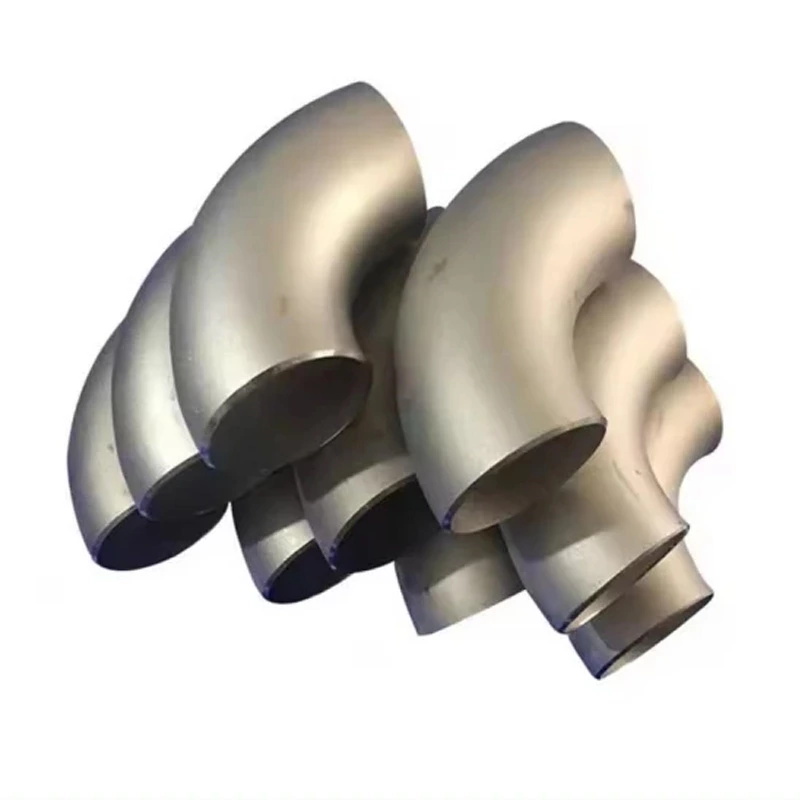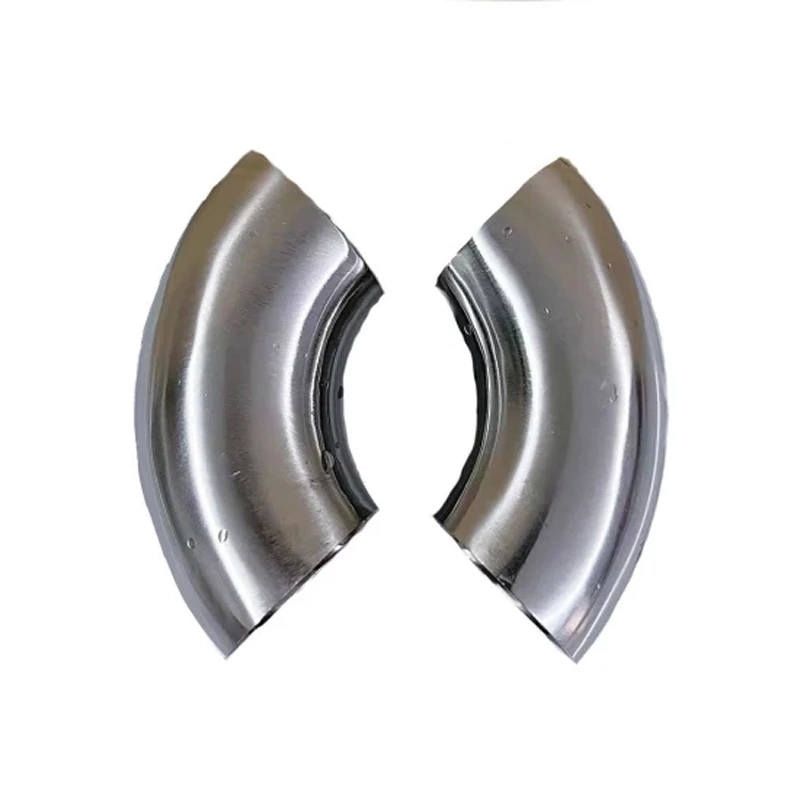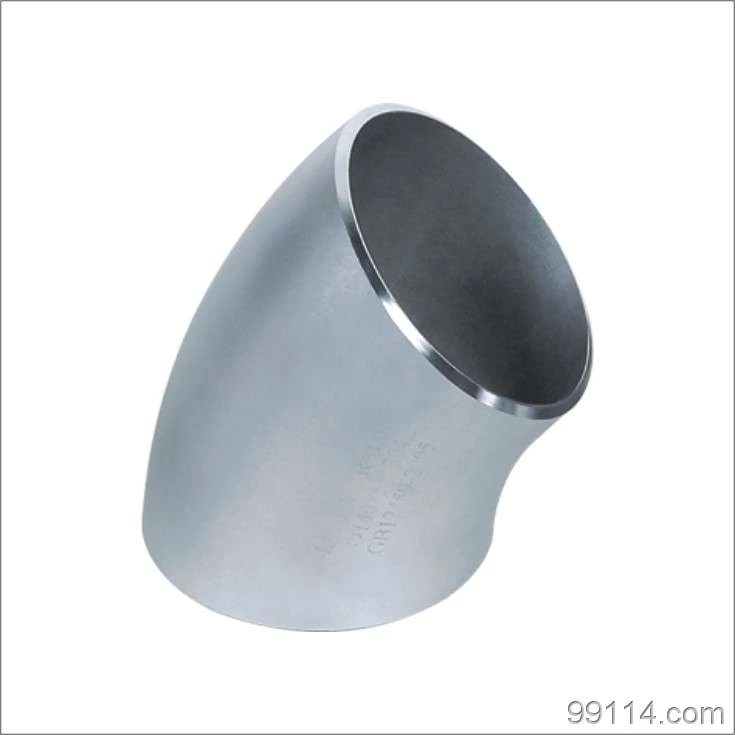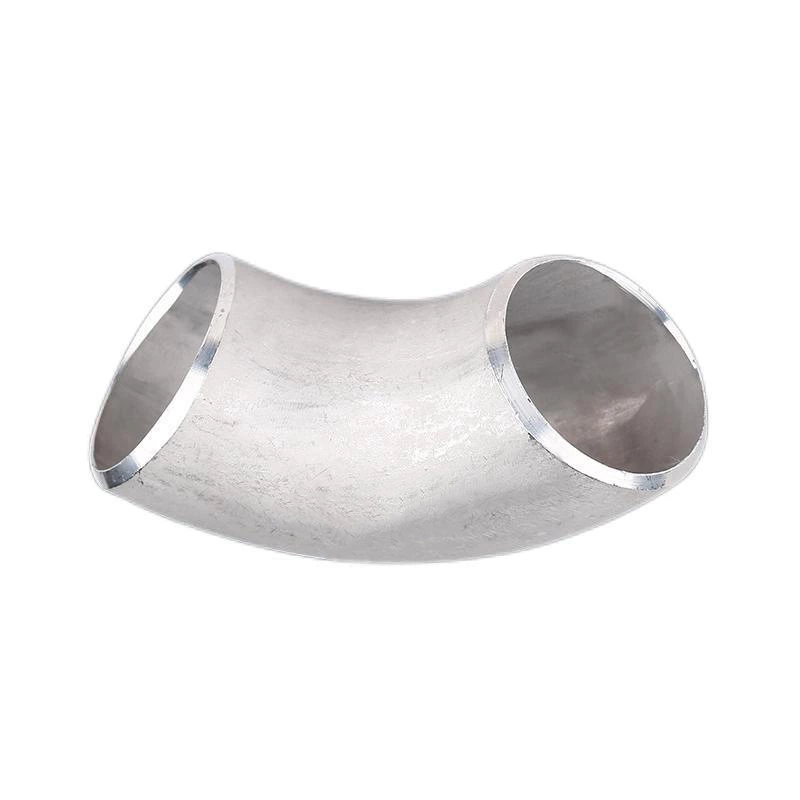About The Appearance Treatment Of Stainless Steel Elbows
The basic process of stainless steel elbow forming technology is: first weld a polygonal ring shell with a polygonal cross section or a polygonal fan-shaped shell closed at both ends, fill the interior with pressure medium, apply internal pressure, and the cross section gradually changes from polygon to circle under the effect of internal pressure, and finally becomes a circular ring shell. According to needs, a circular ring shell can be cut into 4 90° elbows or 6 60° elbows or other standard stainless steel elbows. This process is suitable for making any standard large elbows with a ratio of the elbow middle diameter to the stainless steel elbow inner diameter greater than 1.5D. It is an ideal method for making large pressure-bearing elbows at present.
The following introduces the appearance processing of stainless steel elbows:
1. Caliber problem Because the caliber of seamless elbows will have a little error when they are pushed and processed, but the production processes of stainless steel elbow manufacturers are all within the national standard range. They have made the caliber of the elbows almost error-free and beautiful through the bayonet.
2. Internal and external scratches and grinding. The scratches during transfer and pushing processing are all smoothed in the pipe fittings factory. The slightly larger parts are welded and then polished to make them flawless.
3. Anti-rust paint treatment. The anti-rust paint here is blended paint, and the quality is not very good. But in other places, the anti-rust paint is hundreds of yuan per barrel. The painting method is also to dip the paint in the pool instead of brushing it, and then all places are evenly painted. After it dries, it is sprayed, and an iron certificate with a magnet is attached to the seamless elbow and packed in the dust-free workshop.
Next, let's talk about the production process of stainless steel pipe fittings:
1. Stainless steel elbows are the weak link in the pipe system. The performance of the pipeline is mainly determined by the working capacity of the stainless steel elbows.
2. The process parameters that affect the geometric shape of stainless steel elbows are: the material, wall thickness and outer diameter of the blank for pushing, the material and shape of the mandrel head, the heating temperature and its distribution, and the pushing speed.
3. The working capacity of stainless steel elbows is related to the stress state they are in. Calculation and on-site measurement of the working stress of pipe fittings found that the arc starting point of stainless steel elbows is particularly sensitive to external loads. In addition to the external loads such as internal pressure and deadweight, the main external loads are additional external loads caused by the thermal expansion of the pipe metal during the start-up process, the vibration of the pipe system, and the abnormal operation of the support and hanger.
4. When the arc starting section of the stainless steel elbow is a butt weld, these changing external loads will cause the weld to be in a complex stress state, seriously weakening the weld strength, reducing the working capacity of the stainless steel elbow, and shortening the service life of the stainless steel elbow. For this reason, from a design perspective, the interface of the butt welded stainless steel elbow is changed to a straight section butt, that is, the design of a stainless steel elbow with a straight section is conducive to the butt weld, improving the quality of the weld, and improving the service life of the stainless steel elbow.
5. Different factors have different effects on stainless steel elbows, and they need to be used in the corresponding ways and methods. The specific use value and function of stainless steel elbows in use.
6. The principle of determining the heating temperature of Stainless Steel Weld Elbow is that the material is above the austenitizing temperature, and the main compressive stress of the inner wall of the elbow is less than the limit of the material at this temperature during pushing.
Stainless steel elbows can be divided into: welded elbows, stamped elbows, cast elbows, etc. according to the production process. The above parameters were used for active welding experiments. It was found in the experimental welding that the defects of active welds were that the interlayer was not fused, the side wall was not fused, the air holes were dense, and the residual height of the overhead welding part exceeded the standard. The requirements for non-destructive testing are regulated in the specifications of most pipe fittings, but the requirements are not consistent. Stainless steel elbows do not require pipe billets as raw materials, which can save the cost of pipe making equipment and molds, and can be pushed elbows with large diameters and relatively thin wall thicknesses. Elbow pipe fittings can be classified into different varieties according to different classification standards, because we have regarded electronic information materials as a new material category. Therefore, the new anti-wear materials referred to here are the main anti-wear materials other than electronic information materials. The sulfuric acid immersion elbow test can distinguish 302 and 304 from 316 and 317.
